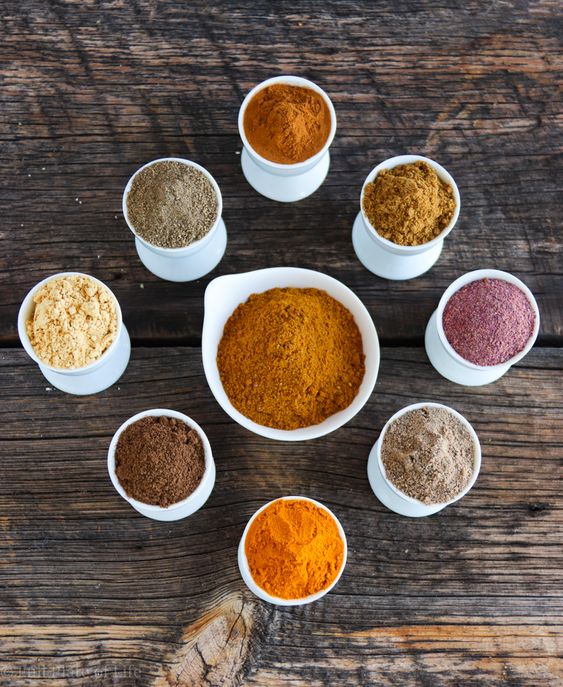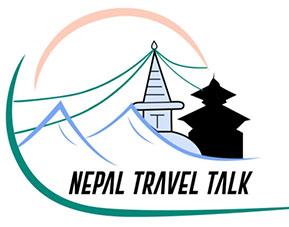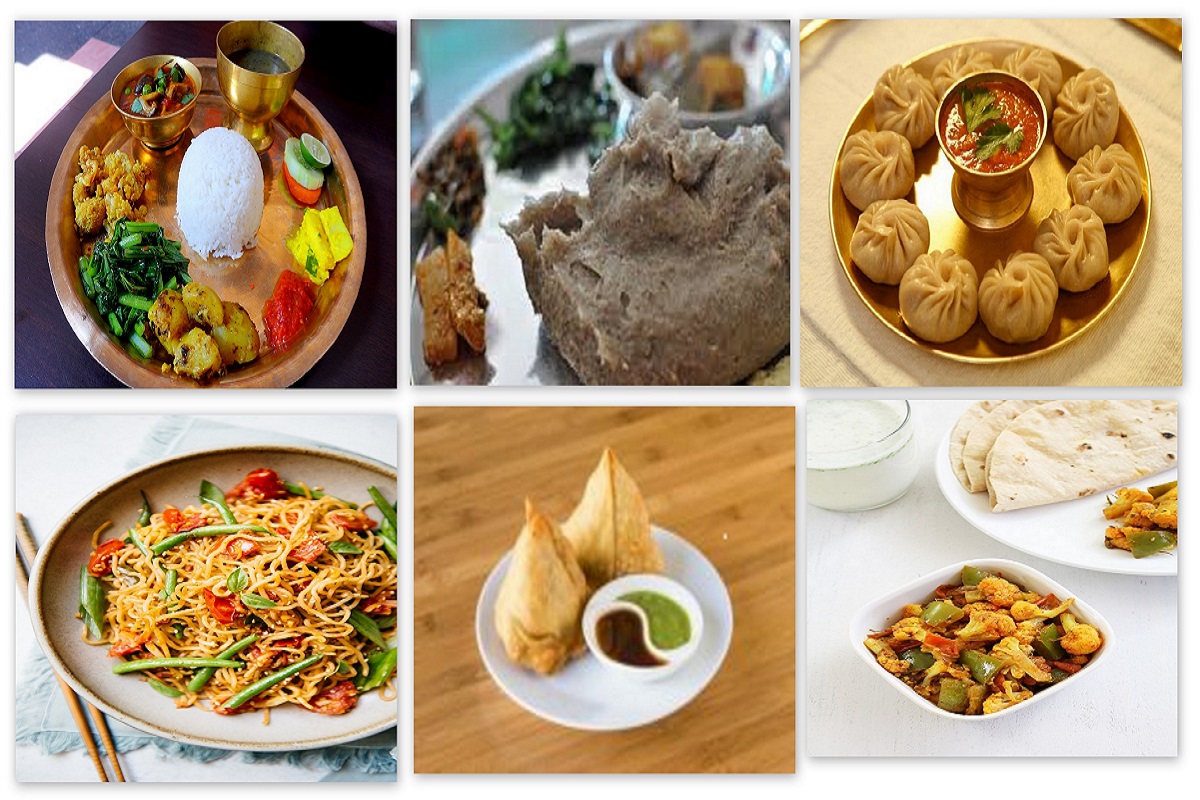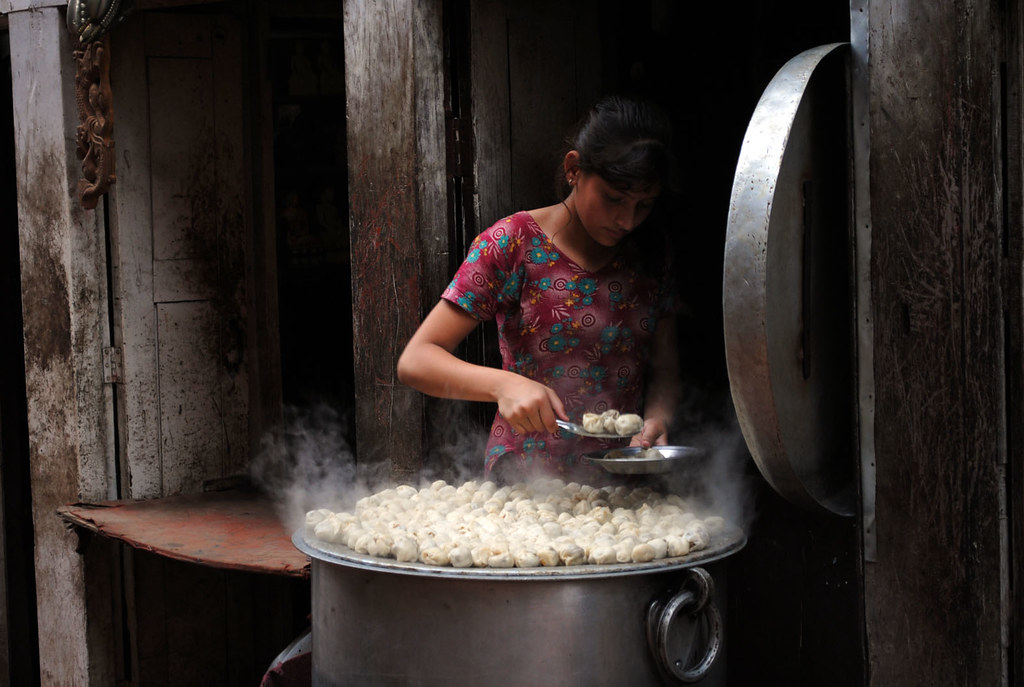Nepal is under lock-down from 24 March 2020 to 14 April 2020 due to the outbreak of Corona Virus. Relatively Nepal has low numbers of confirmed cases up to today , and we believe is due to the Hinduism tradition we are practicing everyday in our daily life.
The novel Corona virus (Covid-19) is the latest pandemic to hit the world. The virus spreads by way of physical contact as well as transfer of droplets while sneezing, cough or sweat.
British PM Boris Johnson, Prince Charles of Wales, Matthew Hancock (Britain’s health Secretary), Prince Albert of Monaco, Carmen Calvo (Spain’s deputy prime minister) Peter Dutton (Australia’s home affairs minister), Yaakov Litzman (Israel’s health minister), Ali Larijani (Speaker of Iran’s Parliament) , actor Tom Hanks and his wife Rita Wilson, American singer Pink and her family, French actress Olga Kurylenko, CNN anchor Chris Cuomo, TV host Andy Cohen, sport personality James Dolan, New York Knicks owner Blaise Matuidi: French football player Daniele Rugani, Italian Football player Mikel Arteta, Coach of Arsenal football club Callum Hudson- Odoi, British footballer Paulo Dybala, Argentine footballer
Marouane Fellaini, Belgium footballer Christian Wood, NBA player Fernando Caviria, Cyclist Marcus Smart have all been tested positive of the virus. Many politician, business personnel, bureaucrats, diplomats and thousands of civilians have lost their lives.
As the world fights the pandemic, it might be a good occasion to reflect on and adopt some ancient Hindu practices for our safety and wellbeing. And hopefully, it will help to prevent upcoming pandemic in future. Following are some of the oldest and scientifically acknowledged social conduct and human behaviors that Hindus adhere to:
1)Namaste

Namaste is a salutation very unique to Hindu culture. It is equivalent to hand shake or hugging in other societies. Namaste has been derived from two Sanskrit words- NAMA meaning ‘bow’ and TE meaning ‘you’, which translates to bowing down to the divinity in other person.
Namaste has become even more appropriate at this period, given how bacteria or virus can transfer by physical contact. Donald Trump- American president, Shinzō Abe – Prime Minister of Japan, Prince Charles, Israeli Prime Minister Netanyahu and many other world leaders have resorted to adopting namaste than handshake as a gesture of greeting.
2) Vegetarianism
Vegetarian diet is preferred by many Hindu communities. Being a vegetarian is not only good for the planet, but also for one’s health and wellbeing. Most viral outbreaks in the past have been linked directly to meat consumption. So vegetarianism significantly reduces the chance of contracting disease, viral infections etc.
3) Turmeric (and other South Asian Spices)

Turmeric or HALDI/BESAR (in Hindi/Nepalese) is one of the most effective antibiotics in existence. Used in India for thousands of years, it is known to boost immunity as it contains powerful anti-inflammatory, antioxidant and antiseptic qualities. Other foods such as Ginger and Garlic, commonly used in Indian cooking, are also very good immunity boosters.
They all can be can be very effective in preventing or fighting off viruses.
4) Pranayama – Breathing exercise
Pranayam is a breathing technique integral to Yoga and meditation for creating a healthy mind and body. Regular practice of pranayam helps in boosting immunity thereby preventing an individual from acquiring and further transferring any viral or bacterial disease.
5) Cremation
Hindus do not bury dead bodies but rather cremate it. In China, people who have died of Coronavirus are being cremated swiftly, in order to stop spread of the virus.
Cremation is scientific and efficient: it avoids ground contamination and occupying of precious land. Hindu tradition further forbids touching corpses to prevent spread of disease.
6) Isolation period after death
Immediate relatives of the dead stay in isolation for 11 days following the death. They are forbidden to touch any one and partake only vegetarian diet. They must clean their body daily. This practice holds so much truth in this hour of pandemic.
7) Jutho nakhane (Avoid sharing food/drink)
Jutho nakhane is a strange but sensible custom among Hindus. Sharing same piece of meat or any food often involves transfer of saliva from one person to another. Jutho nakhane prohibits sharing of food, or eating from same plate or drinking water from same bottle. This ensures that one’s bacteria or virus is not contracted by others. This social custom can be adopted to contain the transfer of virus.
8) Maintain daily hygiene
It is a Hindu practice to take off shoes and clean one’s hands and legs before entering house. Taking shower and changing clothes before meeting family members and taking food is also mandatory. This goes to show how scientific Hindu system is in cleanliness and sanitation.
9) Avoid cold and staled food
Drinking cold water or any other refreshments and eating stale food is avoided at all costs. Fresh food and warm dishes are considered good for your health.
Global pandemic like the Coronavirus has reminded us the value of our good old Hindu customs. It further proves how far thinking and scientifically right were our ancestors. No matter how advance we are, we should not forget our roots and common sense of living a simple, good and healthy life.
These time tested social conduct will be helpful and effective not just for now but in combating and preventing all future epidemic and pandemic situations. Prevention is better than cure and beneficial in saving more lives.
And guess what? Even the Hindu ritual of sprinkling alcohol in the surrounding vicinity before drinking also serves a purpose of acting as sanitizer.



